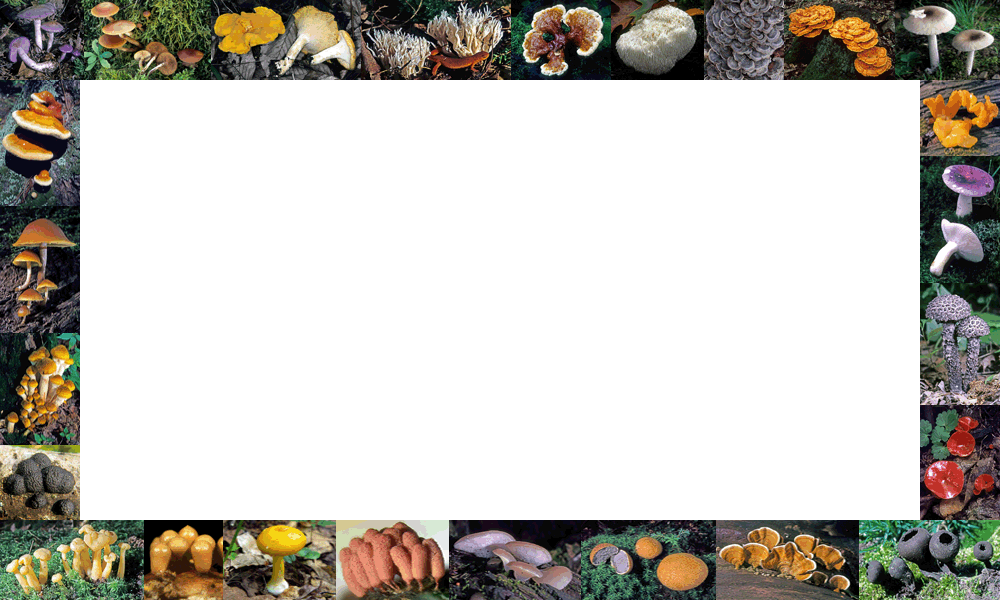Basic Biology |

|
|||
|
The formal study of fungi is termed mycology. Mycology had its origin in botany, because fungi were once considered to be members of the plant kingdom. As a result, some of the terms that have been applied to the structures found in fungi are the same as those used for plants. In some ways, fungi are indeed similar to plants, but–unlike plants–they lack the green pigment chlorophyll. As a result, fungi cannot produce their own food through photosynthesis. Instead, they obtain their food by breaking down dead organic matter or in some cases by attacking and living on or within living plants, animals, or even other fungi. Fungi that depend upon dead organic matter as their food source are called saprotrophs, while those that feed on living hosts are called parasites if the host is harmed but not killed and pathogens if their presence produces a condition (called a disease) that has the potential of resulting in the death of the host. In addition, some fungi form a symbiotic relationship with the roots of trees and other plants. This relationship, which is called a mycorrhizal association, is mutually beneficial to both the plant and the fungus. |
||||
| Continue | Go Back | Home | ||
